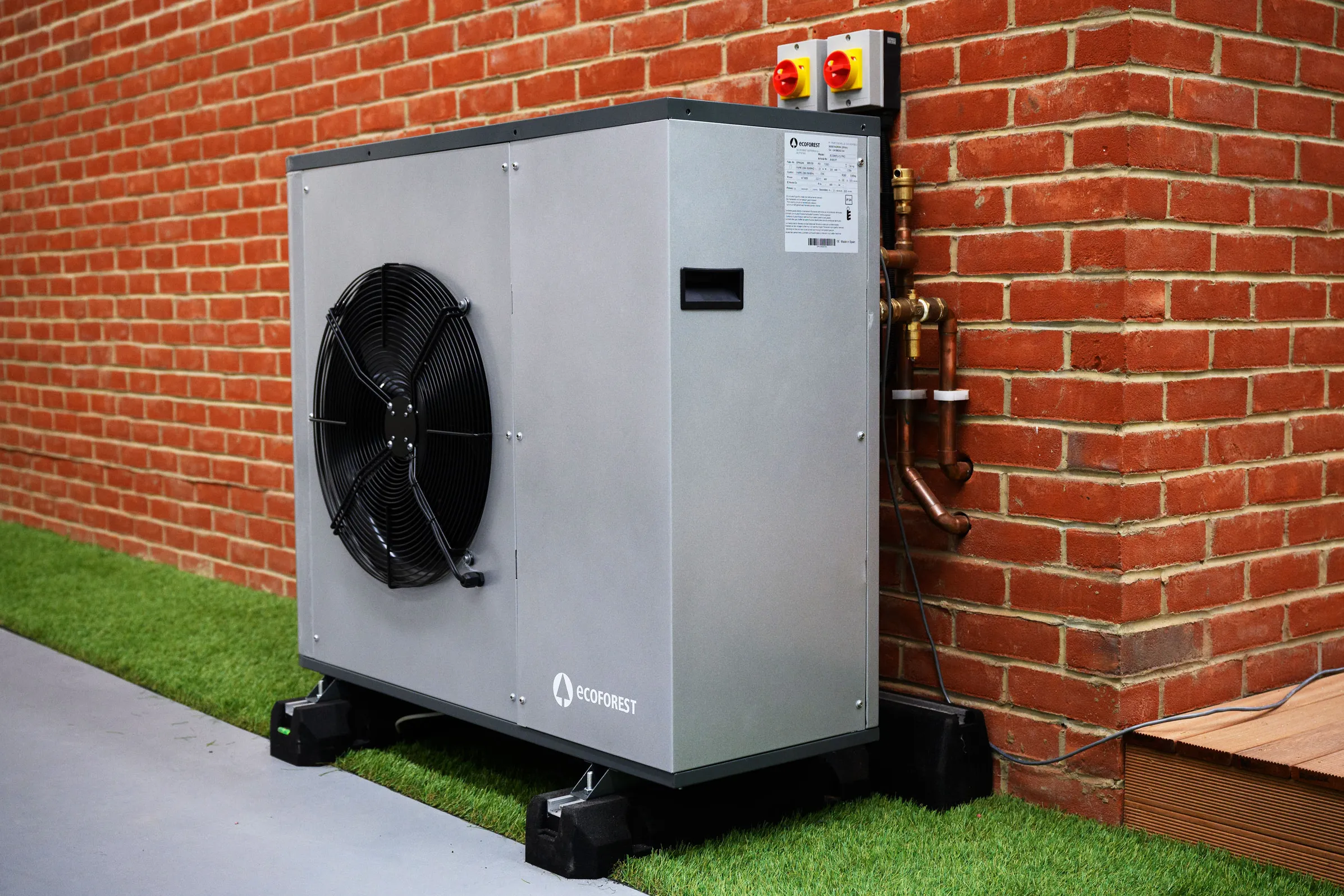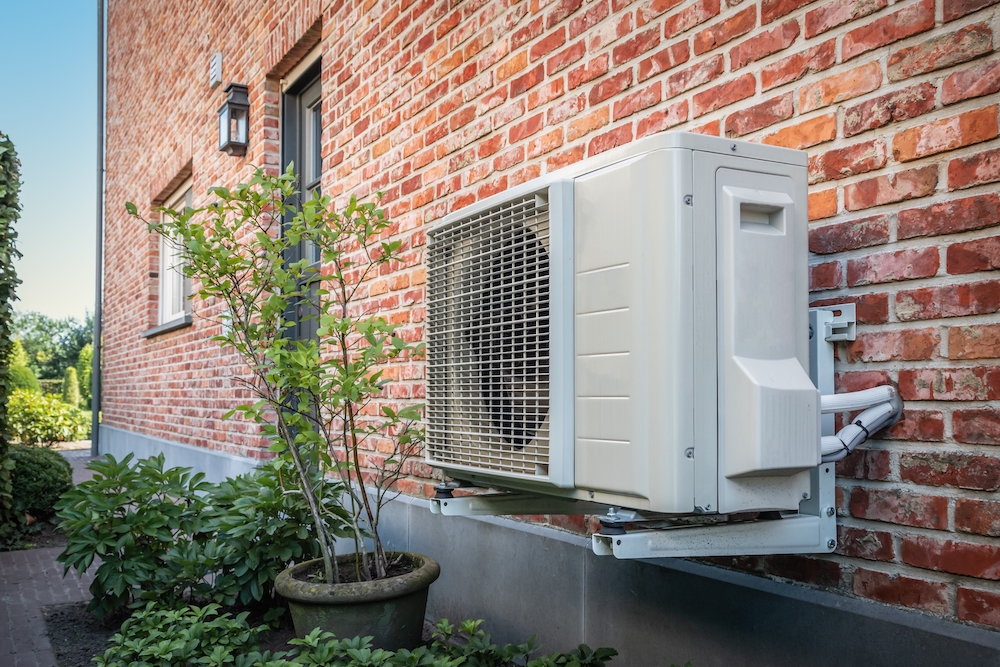soojuspumbad are becoming increasingly popular as a viable, cost-effective, and eco-friendly alternative to traditional water heating systems. This technology is slowly shifting the focus from conventional systems based on fossil fuels such as natural gas, oil, and propane to climate-friendly alternatives that use renewable energy sources for their operation. From residential applications to commercial buildings, heat pumps are offering an efficient way to heat up water without emitting any greenhouse gases or pollutants into the atmosphere.
Heat pumps are mechanical devices designed to transfer thermal energy from one place to another. In the context of water heating, they work by absorbing heat from the environment and transferring it directly into the hot water cylinder. The process is similar to the cooling system of a refrigerator – only in reverse. Heat pumps are powered by electricity and don’t require any fuel or additional energy source other than what is already available in nature.

Benefits of using heat pumps to provide hot water
One of the great advantages of heat pumps is that they can be used with various forms of renewable energy, such as solar and geothermal. This makes them much more sustainable than other water heating solutions that rely on burning fossil fuels or using electrical resistance elements, which produce high levels of CO2 emissions when operated continuously for long periods of time. These systems are also more efficient than traditional boilers, with some models achieving up to 300% efficiency!
Reduce energy costs with heat pump technology
As well as reducing your carbon footprint, investing in a heat pump-based hot water solution also offers significant savings on utility bills compared to traditional methods, as it uses less electricity due to its improved efficiency. In addition, its ability to collect free solar energy further helps to reduce the costs associated with the regular fuel purchases required to run most conventional systems.
Installation & maintenance requirements
Another great feature of this technology is its ease of installation – all components can be fitted into existing installations without major construction work. What’s more, many manufacturers offer maintenance plans with their products, so you don’t have to worry too much about maintenance or repairs if something goes wrong during regular operation over the years or decades to come.

Advanced features & technologies
Today’s modern heat pumps come with advanced features such as temperature control settings, multiple operating modes, and self-cleaning cycles, among others, making them an excellent choice even for large operations such as hotels or office complexes where there’s always a demand for hot water at different times of the day/night, etc. Many models also include intelligent sensors that automatically shut down once the optimum temperature has been reached, helping to avoid overheating scenarios that can lead to unnecessary waste both in terms of resources and money invested in buying/operating these units in the long run.
Conclusion
Heat pump technology has gone through several improvements since it was first invented back in the 1930s, making it the perfect solution for those looking for ways to reduce their carbon footprint while still enjoying the same level of comfort & convenience enjoyed via standard options available today i.e. gas-fired tanks, electric boilers, etc. With its combination of affordability, scalability & sustainability, this type of equipment could go a long way when it comes to providing a reliable source of heat even in extreme weather conditions.




